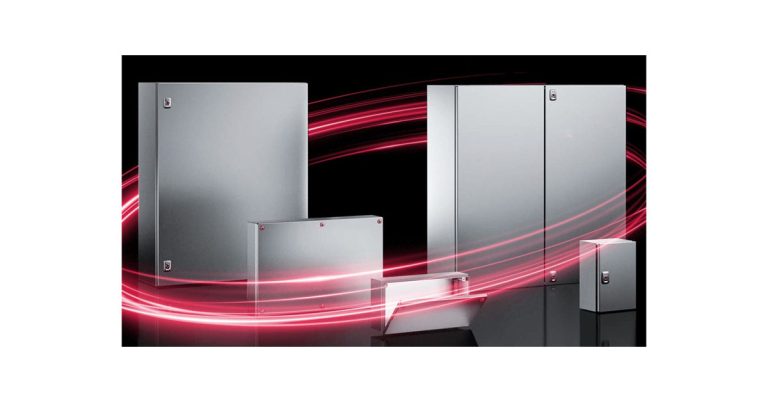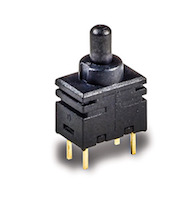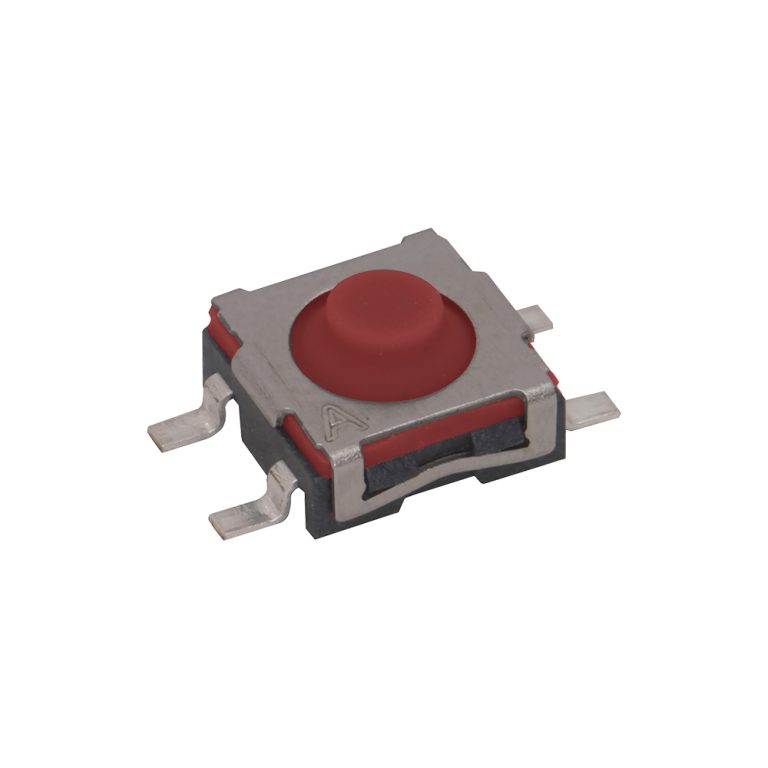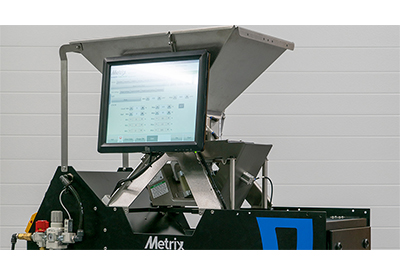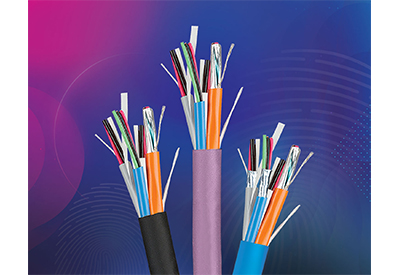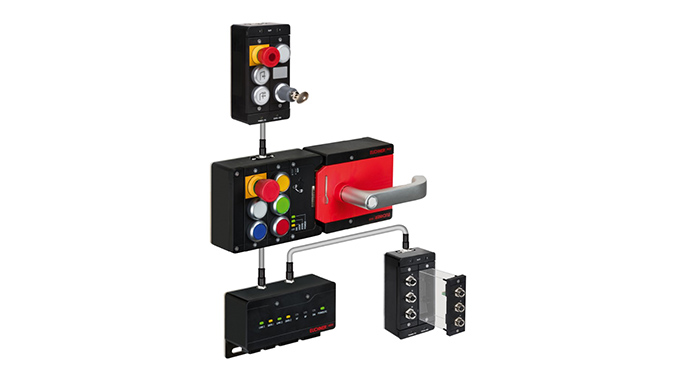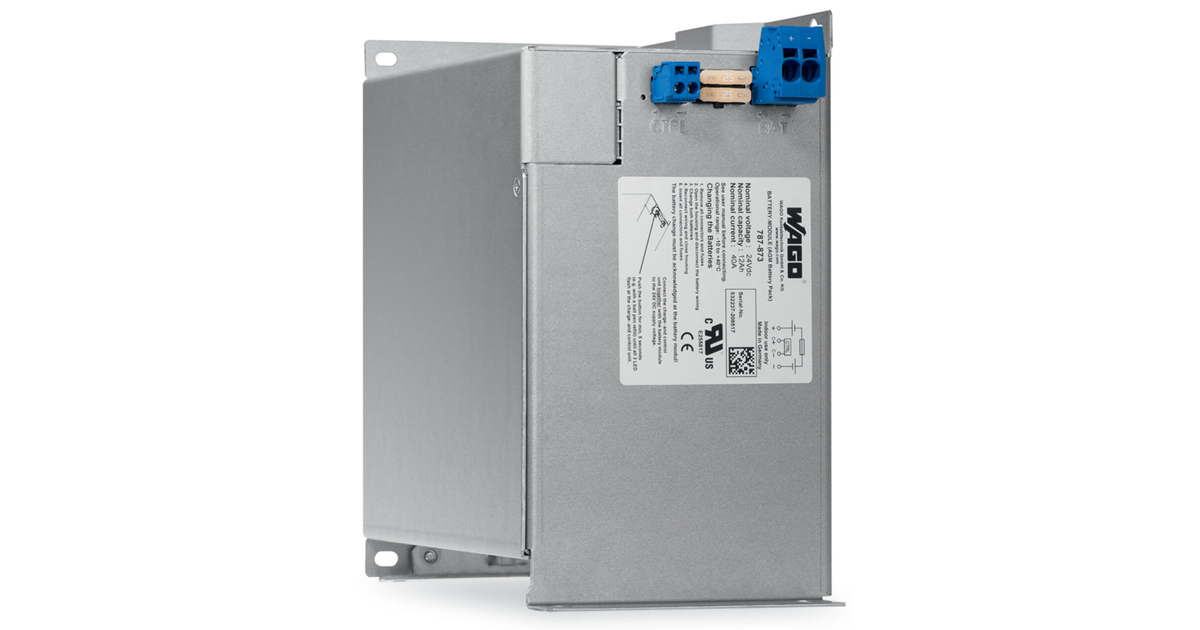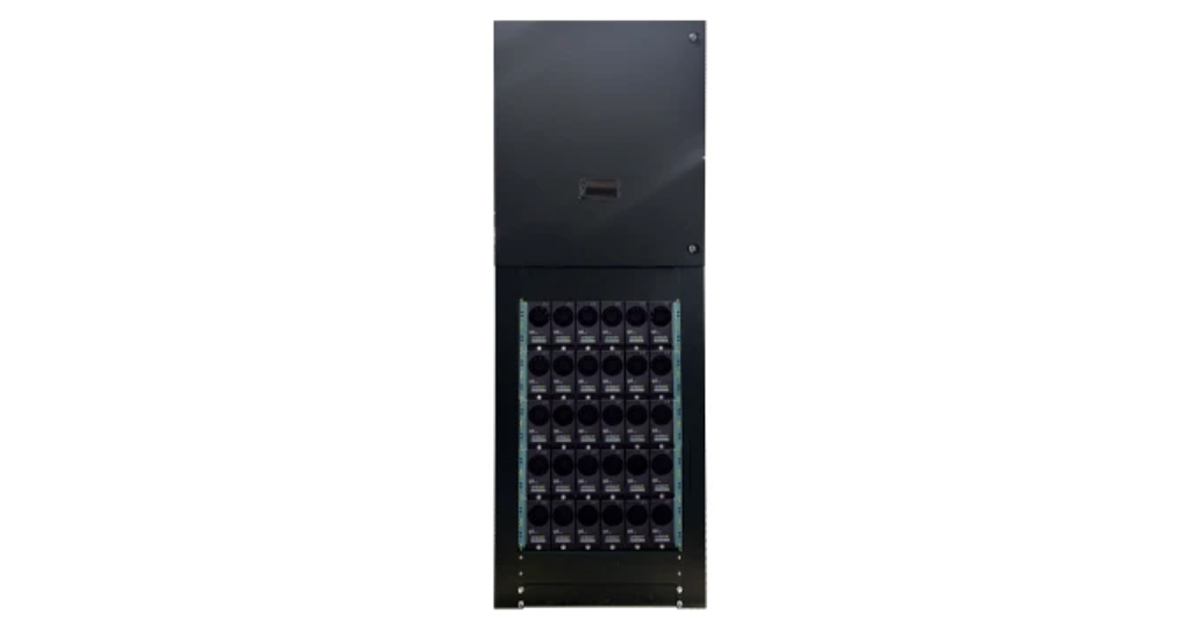Common Misapplications of Components in Industrial Control Panels
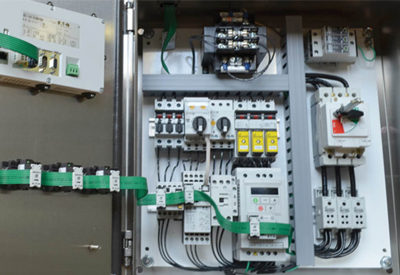
Nov 11, 2019
Article co-authored by UL and Eaton’s Bussmann division experts.
Each component in an industrial control panel must be properly applied for safe and reliable operation. The application requirements for each component are often quite complex and unique to the component, resulting in erroneous interpretation, leading to improper use of the component. We will review some of the most common misapplications of components within the panel.
UL 508 Listed control components used as a main feeder
- UL 508 switches Listed as a “manual motor controller” are designed to be used for the on/off or manual motor controller function to meet NEC requirements in Article 430, Part VII. Their testing requirements and creepage and clearance distances are less than those required by UL 98. They are not suitable for use as main, feeder or branch circuit disconnects.
- UL 98, the Standard for Enclosed and Dead-Front Switches, Listed disconnects switches have more robust testing and creepage and clearance distance requirements and can be applied on mains, feeders and branch circuits of service entrance equipment, panelboards, switchboards, motor control panels, industrial machinery and control panels.
Manual motor starters or manual motor protectors as branch circuit overcurrent protection
- UL 508 manual motor starters (or manual motor protectors) are permitted to provide motor control (on/off) and motor overload protection as required per NEC 430.32. For proper application they require a motor branch-circuit OCPD, and a motor branch-circuit and controller disconnect on the lineside. These devices are not Listed nor permitted to provide branch circuit overcurrent protection for any load.
- UL 98 disconnect or UL 489, the Standard for Molded-Case Circuit Breakers, Molded-Case Switches, and Circuit-Breaker Enclosures, circuit breakers meet the requirements for branch circuit overcurrent protection. UL 508 Type E/F combination motor controllers are only suitable for protection of a single motor load, they are not suitable for protection of group motor applications or other types of loads.
Fuse holders used as a disconnecting means
- UL 4248, the Standard for Fuseholders, fuseholders are not intended for use as a load-break rated device. They cannot be used alone as a motor branch-circuit and controller disconnect, or as an “at-the-motor” disconnect to meet NEC 430.109, nor can they be used alone as a motor controller (on/off function) to meet NEC Article 430, Part VII.
- Use a load-break rated device, such as a UL 98 disconnect switch, as the disconnecting means for main, feeder and branch circuits.
Supplementary protectors (mini-breakers) or supplemental fuses used as branch-circuit protection
- Supplementary protectors, such as UL 1077, the Standard for Supplementary Protectors for Use in Electrical Equipment, recognized minibreakers or supplemental fuses, offer limited protection and performance, and are only intended for use in circuits where branch circuit protection is already provided. They cannot be used in place of a branch circuit OCPD and should generally be limited to use in control circuits.
- UL 489 circuit breakers and UL 248, the Standard for Low-Voltage Fuses, “Class” fuses are suitable for use as branch-circuit protection and can be safely applied in main, feeder or branch circuits.
Improper or insufficient OCPD interrupting ratings
- NEC 110.9 requires equipment intended to interrupt current at fault levels to have an interrupting rating sufficient for the available fault current at the point of application. Low interrupting ratings are a limiting factor in overall assembly SCCR, as the panel SCCR can never be higher than the lowest OCPD interrupting rating.
- Use OCPDs with interrupting ratings adequate for the available fault current and desired SCCR of the panel.
UL Recognized terminal blocks in feeder circuits
- UL 1059, the Standard for Terminal Blocks, UL Recognized terminal blocks do not meet the required creepage and clearance distances in UL 508A. These terminal blocks are typically suitable for use in branch circuits only. Additionally, they may not have been evaluated for high SCCRs.
- UL 1953, Outline of Investigation for Power Distribution Blocks, Listed power distribution blocks meet the creepage and clearance requirements for feeder circuits and should be used for proper power distribution to multiple branches. Multi-wire terminals with shrouds used on fused switches or circuit breakers can often meet the creepage and clearance requirements as well.
A slash rated device in any system other than solidly grounded wye
- Slash voltage (such as 480Y/277V) rated OCPDs can only be applied where the system’s line-to-ground system voltage does not exceed the lower of the two numbers. This limits slash voltage rated devices to solidly grounded wye applications, and when any slash rated devices are used in a panel or assembly, the equipment’s voltage rating must reflect this limitation that restricts the equipment’s installation in only solidly grounded wye systems.
- A straight voltage (such as 480V) rated OCPD can be installed in any electrical system regardless of the type of grounding employed.
![]()
https://www.ul.com/news/common-misapplications-components-industrial-control-panels

